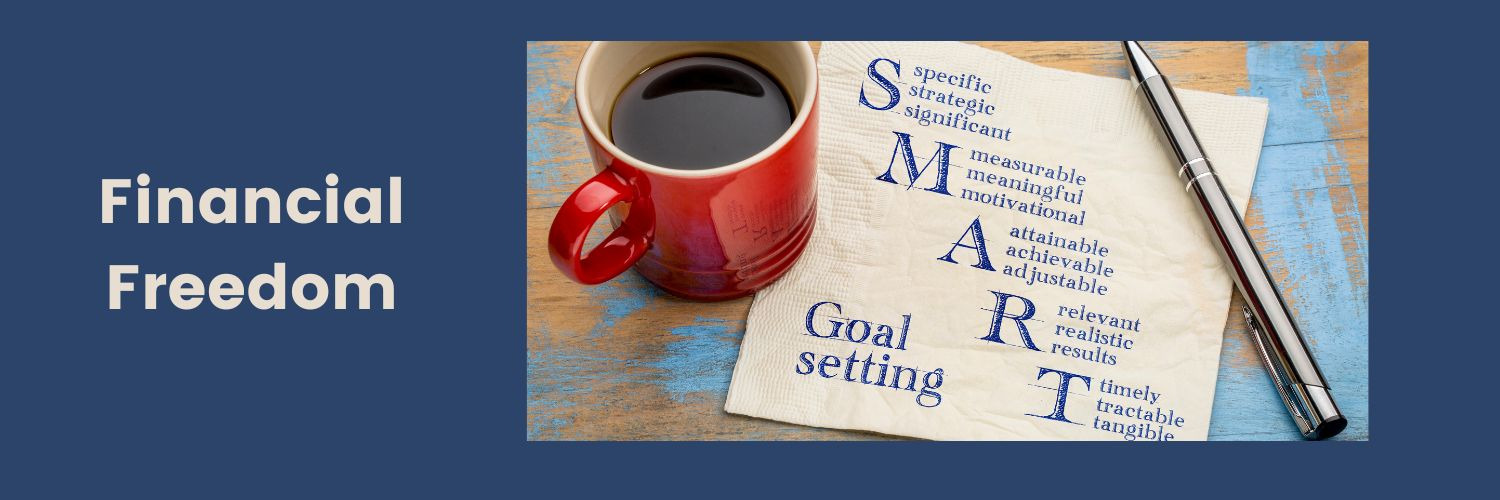Managing Debt: The Debt Avalanche vs. The Debt Snowball

By: Emma VanGorder
Debt can be a daunting concept to grasp and an intimidating problem to solve. Scripture warns against dangers of spending money that is not really ours; it even compares this to slavery. Proverbs 22:7 says, “The rich rules over the poor and the borrower is slave to the lender (ESV).” Ouch! However, even in the most optimistic financial stewardship, debt can be unavoidable. For example, buying a home for most Americans in only possible through a mortgage. There is roughly $10.4 trillion outstanding on home mortgages in the US currently. (Statista, 2022). Student loans may be a person’s only option for pursuing higher education. About 45.5% of Americans owe the Federal Government in outstanding student loans; number pushing $1.7 trillion cumulatively (Statista, 2021). Debt is essentially inevitable. The way one stewards this debt and subsequently pays it off that truly matters.
There are two common strategies for paying off debt, the debt avalanche and debt snowball. Each of these tactics has different objectives and target independent elements of the debt an individual is trying to be freed from. The debt avalanche plans to eliminate debt at the quickest rate possible, like the speed a snow avalanche travels down a mountain. Adopting this strategy means paying off your debt with the highest interest rate first and following the lowest rate of debt outstanding. Mathematically, this makes sense. There is a cost to spending money one does not have, that cost is called interest. In addition to paying the principal amount of debt back, one is also responsible for paying interest on that amount borrowed. The higher the interest rate, the higher the cost. To illustrate the debt avalanche, say for example you have four distinct types of debt: a car loan of $15,000 at 10%, a credit card with a $500 at 22%, another maxed-out credit card at $12,000 with a 29% interest rate, and student loans with an outstanding balance of $5,000 at 6%. The debt avalanche suggests you pay off the largest interest rate first, being the $12,000 maxed-out credit card at 29% interest, then the $500 credit card balance with a 22% interest rate, following with the student loans and then the car loan. When you are no longer responsible for paying 22% on your credit card, that is a 22% interest payment guaranteed to be back in your pocket to pay off your other debt. This allows debt holders to fully pay off their debt at the fastest speed and subsequently is most attractive to people with sound financial habits, not minding the extra challenge of mathematically planning out interest rates.
The second debt payoff method is the debt snowball, commonly praised for its behavioral finance perspective on debt payoff. This method focuses on the amounts of debt needed to be paid off rather than the interest rates attached to these distinct types of debt. When utilized, the debt snowball method creates momentum or a snowball effect. Settling small debts first can create quick wins and build confidence in one’s ability to manage their debt. Looking back at the previous example, this individual has a car loan of $15,000 at 10%, a credit card with a $500 at 22%, another maxed-out credit card at $12,000 with a 29% interest rate, and student loans with an outstanding balance of $5,000 at 6%. The debt snowball suggests paying off the smallest amount outstanding, the $500 credit card. Once the $500 credit card is paid off, that money can be used to pay off student loans and next the car loan. Finally, the focus moves to the last and largest amount of debt outstanding, the maxed-out credit card at $12,000 with a 29% interest rate. Starting with the smallest outstanding amounts helps put force into the debt payoff schedule, removing the fear of paying off substantial amounts.
Paying off debt is essential, regardless of the method used. Applying a strategy best suited for an individual’s situation can help them effectively reach their financial goals!
Rapid relief from debt allows the largest savings, thus employing the debt avalanche. In contrast, the debt snowball focuses on building the momentum necessary to pay off the largest amount of debt present. These strategies should be carefully considered and taken advantage of when the properties align with one’s attitudes and ability to pay off debt.
Sources: Statista:
https://www-statista-com.eu1.proxy.openathens.net/study/72526/the-student-debt-crisis-in-the-us/


